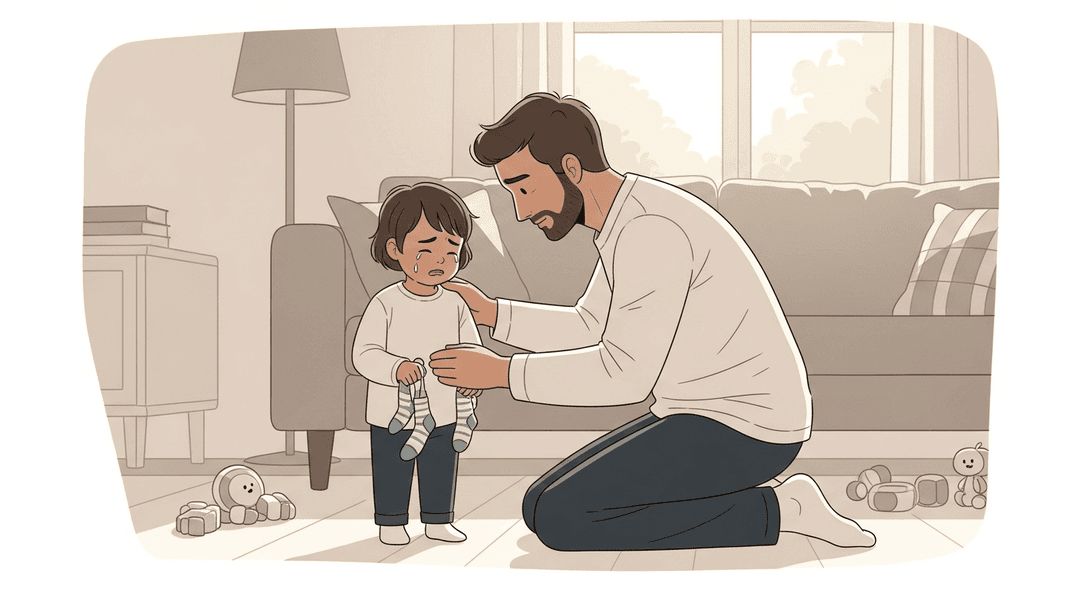Be Emotionally Available and Responsive
Ever find yourself staring at your child’s quivering lip, wondering if you’re supposed to hug, distract, or just hand over another snack? Welcome to the emotional rodeo, where every meltdown is a mystery and empathy is your only lasso. If you’ve ever nodded sympathetically while silently Googling, 'Why is my child sobbing about socks?', this chapter is basically your survival guide.
Kids whose parents respond with empathy get a turbo boost in brain wiring for emotional regulation—think of it as installing the latest emotional software update. For parents, tuning in and connecting actually triggers oxytocin (the cuddle hormone), making you both feel more bonded and less like you’re just surviving snack time.
How to do it
When you notice the warning signs—like a wobbly chin, a dramatic sigh, or the classic “I’m fine” that clearly means the opposite—pause whatever you’re doing, even if it’s just scrolling on your phone.
- Get down on their level. This means physically lowering yourself to their height (knees work well). Emotional maturity helps, too, but start with the physical part.
- Name what you see. For example: “You look really upset about your dinosaur not roaring.”
- Offer comfort, not solutions. Sometimes a hug or a simple “That’s so hard” is all they need.
- Resist the urge to fix everything. The goal is to support, not solve—unless it’s a toilet emergency, in which case, go ahead and fix it.
Key Tips:
- Pay attention to nonverbal cues—they often say more than words.
- Meeting someone at their level can make them feel seen and heard.
- Validating feelings builds trust and connection.
- Comforting doesn’t mean solving; sometimes just being there is enough.
